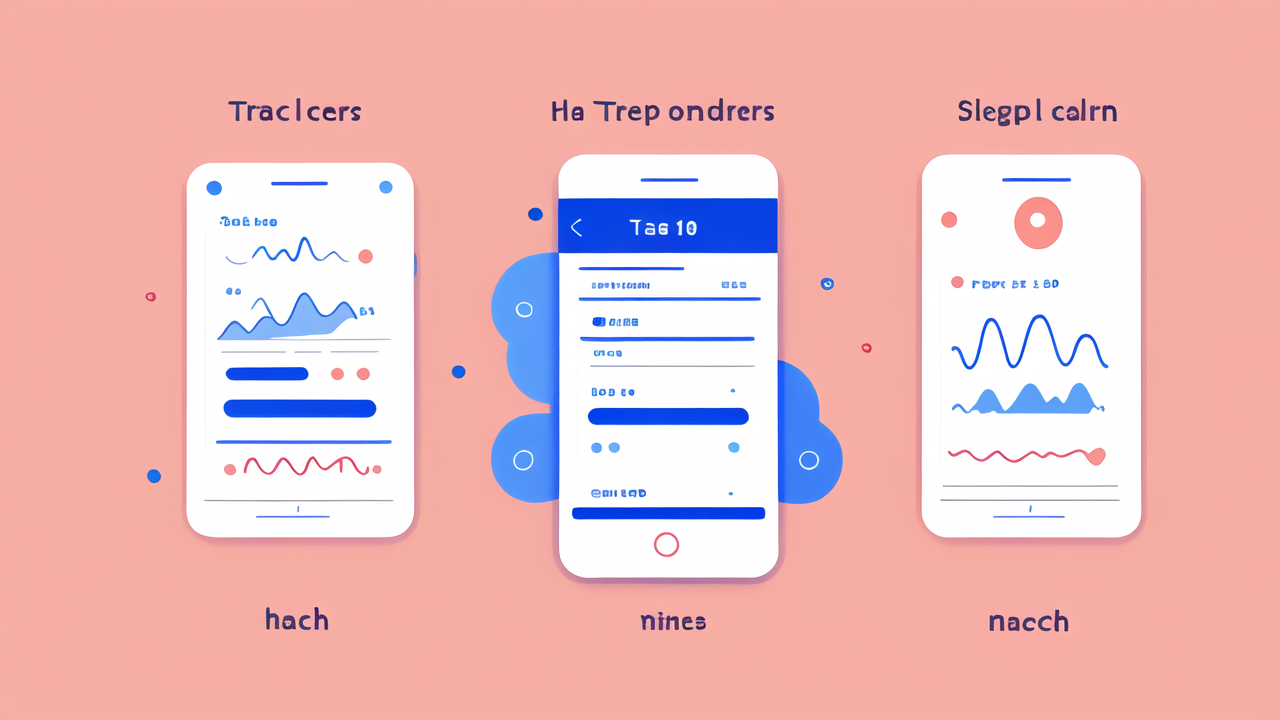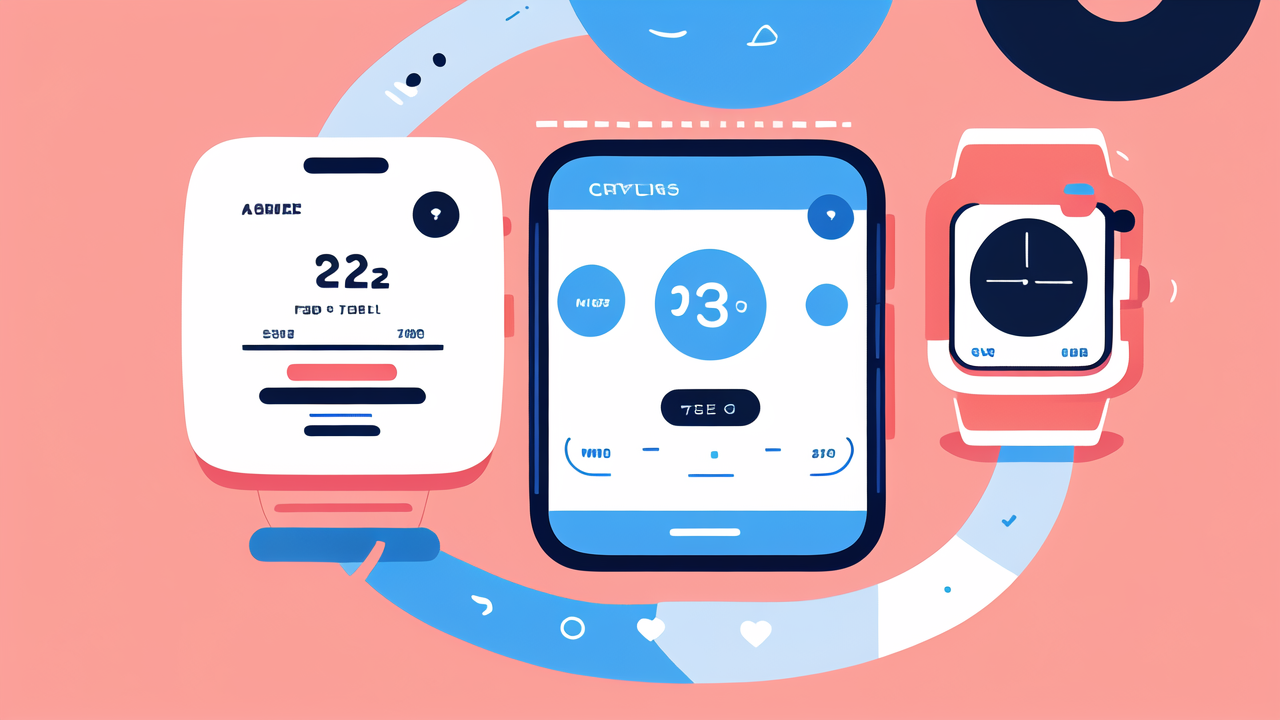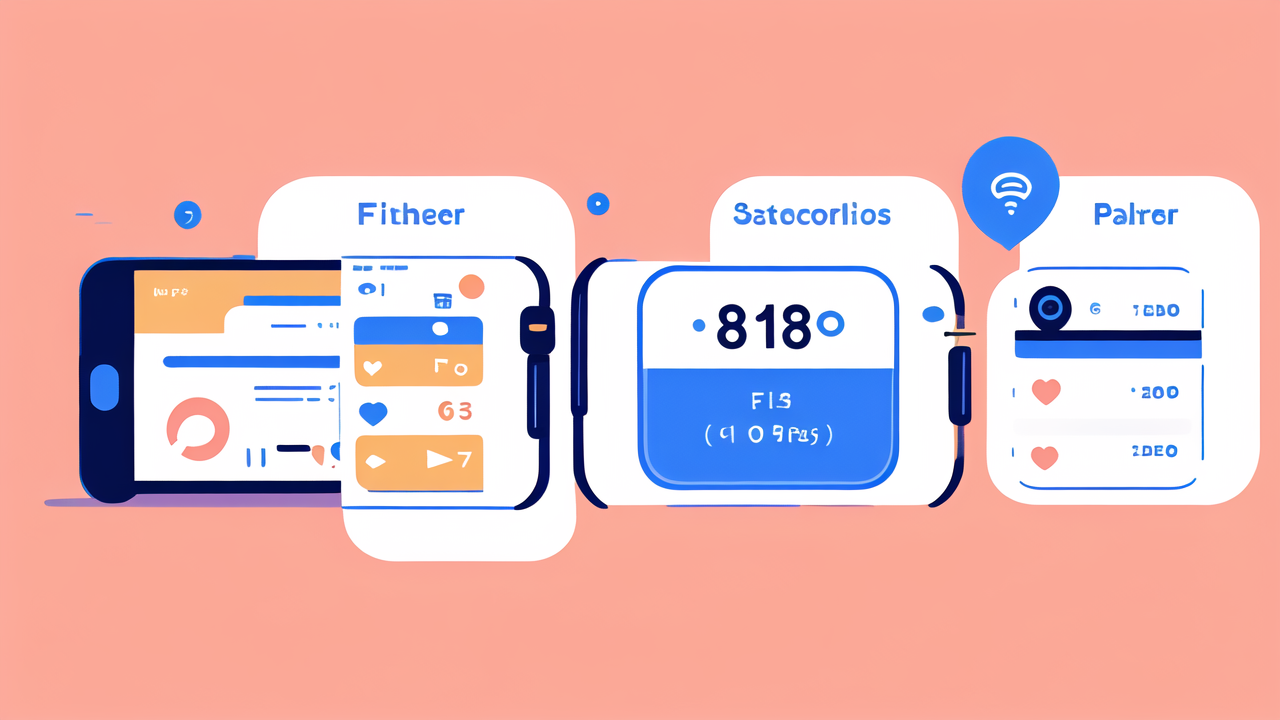The Rise of Smart Fashion: Integrating Health Tracking Features
Understanding the Market Demand for Health-Aware Apparel
Smart clothing is gaining popularity as people seek ways to monitor their health. These garments use sensors to track vital signs and activity levels. They offer a seamless way to collect health data without extra devices.

Consumers want clothing that does more than just cover their bodies. They're looking for apparel that can:
- Monitor heart rate and breathing
- Track steps and calories burned
- Analyze sleep patterns
- Measure body temperature
This demand is driving innovation in the textile industry. Manufacturers are racing to create fabrics with built-in tech features. The goal is to make health tracking as easy as getting dressed in the morning.
Technological Advancements Driving the Smart Clothing Revolution
The smart clothing revolution is powered by cutting-edge tech. Miniature sensors and flexible electronics are key to this progress. These components can now be woven into fabrics without affecting comfort.
Some key technologies include:
- Conductive threads that transmit data
- Stretchable circuits that move with the body
- Washable electronics that survive laundry cycles
- Wireless charging to keep devices powered
These advancements allow for more reliable and user-friendly smart garments. As tech improves, smart clothing becomes more practical for everyday use. This drives adoption and fuels further innovation in the field.
Challenges and Opportunities in the Health Wearable Industry
The health wearable industry faces several challenges. Durability is a major concern, as electronics must withstand daily wear and washing. Battery life is another hurdle, with users expecting long-lasting power.
Data accuracy is crucial for health monitoring. Ensuring consistent, reliable readings is an ongoing challenge. There's also the issue of making smart clothing stylish and comfortable.
However, these challenges create opportunities for innovation. Companies that solve these problems will lead the market. There's potential for partnerships between tech firms and fashion brands.
The industry also has room to expand into new areas. This includes specialized clothing for:
- Athletes and sports teams
- Elderly care and fall prevention
- Workplace safety and ergonomics
- Chronic disease management
As solutions emerge, the smart clothing market is set for significant growth.
Leveraging Data from Smart Clothing for Enhanced Healthcare
The Role of Wearable Technology in Personal Health Management
Wearable tech is changing how we manage our health. Smart clothing offers continuous monitoring without the need for separate devices. This allows for more comprehensive data collection.

Users can track their:
- Daily activity levels
- Heart rate variability
- Sleep quality
- Stress levels
This information helps people make informed decisions about their lifestyle. It can motivate healthier choices and highlight areas for improvement. Smart clothing makes it easier to set and track fitness goals.
For those with chronic conditions, smart garments provide valuable insights. They can alert users to potential health issues before they become serious. This proactive approach can lead to better overall health outcomes.
How Smart Clothing Data Improves Health Outcomes and Wellness
Smart clothing data has the potential to revolutionize healthcare. By providing a constant stream of health information, it offers several benefits:
- Early detection of health problems
- More accurate diagnoses
- Personalized treatment plans
- Improved patient monitoring
Doctors can use this data to make more informed decisions. They can spot trends and patterns that might be missed in regular check-ups. This leads to more effective treatments and better patient care.
For wellness, smart clothing encourages a more active lifestyle. It provides real-time feedback on exercise and daily movement. This motivates users to stay active and meet their fitness goals.
The data can also help identify stress patterns and sleep issues. This allows for better stress management and improved sleep habits. Overall, smart clothing contributes to a more holistic approach to health and wellness.
Privacy Concerns and Ethical Considerations in Health Data Collection
As smart clothing collects more health data, privacy becomes a major concern. Users worry about who has access to their personal information. There are fears about data breaches and unauthorized use of health records.
Key privacy issues include:
- Data storage and security
- Third-party access to information
- Consent for data collection and use
- Right to delete personal data
Ethical considerations also come into play. There are questions about who owns the data collected by smart clothing. The potential for discrimination based on health data is another concern.
Companies must be transparent about their data practices. Clear policies on data use and sharing are essential. Users should have control over their information and how it's used.
Balancing innovation with privacy protection is crucial for the industry's growth. As regulations evolve, companies must adapt to ensure user trust and compliance.
The Future of Fashion: Tailoring the User Experience with Smart Technology
Innovations in Materials and Design for Optimal Health and Comfort
The future of smart clothing lies in advanced materials and innovative designs. Researchers are developing fabrics that are both functional and comfortable. These materials can adapt to the body's needs while collecting data.

Some exciting developments include:
- Self-cleaning fabrics that reduce the need for washing
- Temperature-regulating materials for optimal comfort
- Moisture-wicking textiles that enhance performance
- Anti-microbial fabrics for improved hygiene
Designers are focusing on creating smart clothing that looks like regular apparel. The goal is to make tech-enabled garments indistinguishable from traditional clothing. This will help increase adoption among fashion-conscious consumers.
Ergonomic design is also a priority. Smart clothing must be comfortable for all-day wear. This includes strategically placing sensors and ensuring a proper fit for different body types.
Integrating AI and Machine Learning in Smart Fitness Apparel
AI and machine learning are set to transform smart fitness apparel. These technologies can analyze vast amounts of data to provide personalized insights. They can learn from user habits and adapt to individual needs.
AI-powered smart clothing can:
- Provide real-time workout suggestions
- Detect and correct exercise form
- Predict potential injuries
- Offer personalized recovery recommendations
Machine learning algorithms can identify patterns in health data. This allows for more accurate predictions and tailored advice. As these systems improve, smart clothing will become an even more powerful tool for fitness.
The integration of AI also opens up possibilities for virtual coaching. Smart garments could provide feedback and motivation, much like a personal trainer.
Strategic Partnerships and Market Trends in the U.S. Smart Clothing Sector
The U.S. smart clothing sector is seeing a rise in strategic partnerships. Tech companies are teaming up with fashion brands to create innovative products. These collaborations bring together expertise in both technology and design.
Major sportswear brands are investing heavily in smart clothing. They see it as the future of athletic wear. Startups are also entering the market with niche products for specific health needs.
Market trends show a growing interest in:
- Smart workout gear for performance tracking
- Health-monitoring undergarments for daily wear
- Smart sleepwear for better rest and recovery
- Specialized medical garments for patient monitoring
The healthcare industry is showing interest in smart clothing for patient care. This could lead to partnerships between tech firms and healthcare providers.
As the market expands, we can expect more diverse and specialized smart clothing options. The focus will be on creating products that seamlessly integrate into users' lives while providing valuable health insights.




Leave a comment
This site is protected by hCaptcha and the hCaptcha Privacy Policy and Terms of Service apply.